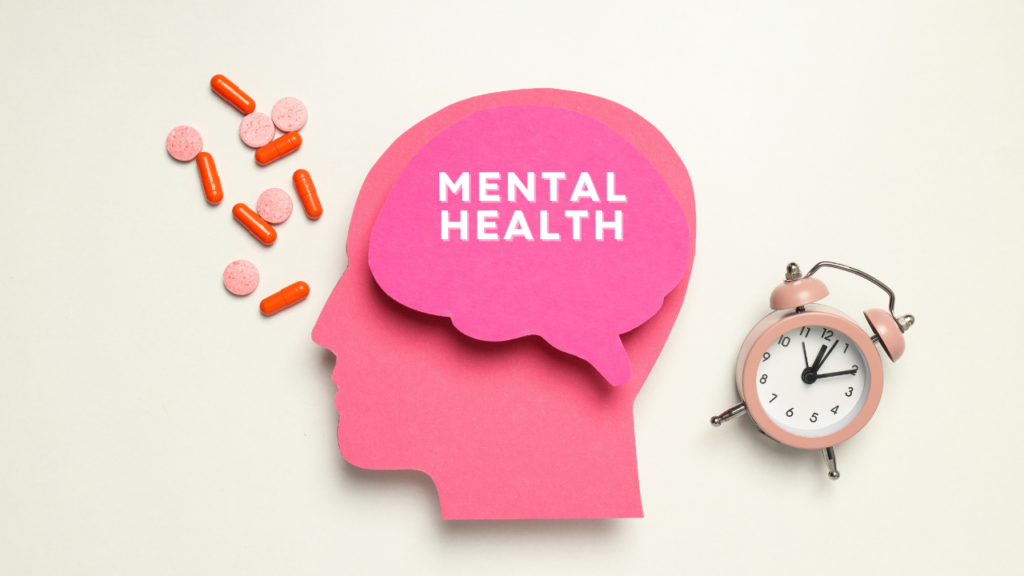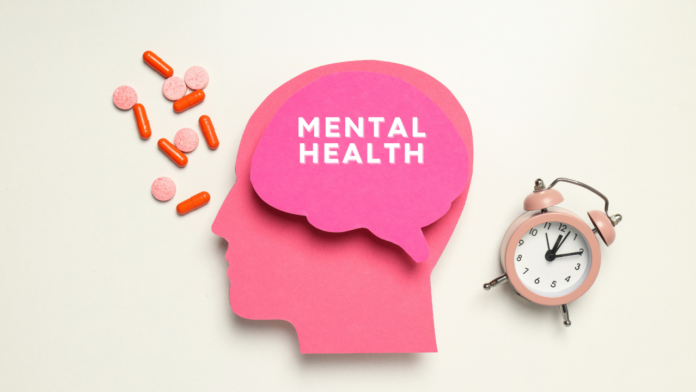- Mental health challenges among teens are increasingly common, but recovery is within reach for many.
- Effective treatments and support systems play a crucial role in guiding teens toward positive mental health outcomes.
- Comprehensive programs often involve a combination of therapy, family involvement, and community support.
- Understanding the signs, seeking professional help, and maintaining a supportive environment can aid in recovery.

Recognizing the Starting Point
Recognizing the initial signs that a teenager may be undergoing mental health difficulties is an essential aspect of providing timely support. Early indicators often include noticeable changes in behavior or mood, such as withdrawing from social engagements, a decline in academic performance, or sudden mood swings. Acknowledging these signs can serve as a catalyst for seeking professional assistance, ultimately paving the way for effective recovery strategies. Often, a structured intervention through drug rehab for teenagers can provide a comprehensive approach to addressing these challenges. Treatment centers specializing in adolescent care emphasize identification and intervention strategies, equipping both families and teens with the tools they need to navigate through difficult times.
Unpacking Treatment Options for Teen Mental Health
The landscape of mental health treatment for teens is rich and varied, accommodating a range of needs with diverse approaches. Central to these are therapy models, such as cognitive-behavioral therapy (CBT) and dialectical behavior therapy (DBT), which equip teens with practical skills to effectively manage their thoughts, emotions, and behaviors. In some cases, medication is prescribed to address specific conditions like depression or anxiety, providing the necessary chemical balance to support other therapeutic efforts. Additionally, holistic methods, including mindfulness, yoga, and physical activity, are increasingly recognized for their capacity to bolster psychological resilience and overall well-being. By integrating these elements, treatment plans can adapt to the evolving psychological landscape of adolescents, ensuring a personalized and flexible approach to recovery.
The Role of Family in Treatment
Family involvement emerges as a vital component in the mental health treatment process, underpinning its success through constant support and stability. Families are uniquely positioned to influence treatment adherence and reinforce positive behavioral changes learned in therapy. Encouraging family participation in therapy sessions or educational programs ensures a cohesive understanding of the challenges faced, fostering an environment where the teen feels supported and understood. A united approach also allows for the bridging of communication gaps, often contributing to more profound healing processes. By aligning family dynamics with therapeutic goals, the recovery journey becomes a shared endeavor, creating a network of support that leverages the strength of familial bonds.
Creating a Supportive Environment
A supportive environment extends beyond the household, with schools playing an instrumental role in fostering mental well-being. Educational institutions can provide critical resources such as counseling services, workshops, and mental health education, emphasizing awareness and accessibility. Such resources encourage a safer space for students to share their challenges and seek help without fear of judgment. Engaging with peer support groups further amplifies this support system, helping reduce isolation and creating a community of mutual understanding. Schools that actively promote an inclusive atmosphere regarding mental health contribute significantly to reducing stigma, encouraging more students to step forward and engage with available resources.
Community Resources and Their Impact
Communities serve as a secondary safety net for teens navigating mental health recovery, offering a plethora of resources that complement traditional therapeutic approaches. Local organizations and public initiatives often provide free or low-cost counseling, support groups, and workshops designed to educate and empower individuals and families. These community-driven efforts provide a broader scope of support, extending the sense of belonging and acceptance beyond immediate circles. The collaboration between professionals and community resources enhances the potential for robust recovery pathways, ensuring that each adolescent has access to the support necessary to thrive in their mental health journey. By leveraging community networks, teens can find encouragement and guidance that reinforce their therapeutic initiatives.
Real-Life Recovery Stories
Recovery narratives from peers and others who have successfully navigated mental health challenges provide inspiration and a roadmap for those on a similar journey. These stories illuminate the transformative power of determination, support, and consistent treatment, offering real-life testimony to the possibility of overcoming adversity. Personal accounts serve as potent reminders of the tangible outcomes achievable through perseverance and professional guidance. They not only humanize the recovery process but also demystify it, making the path to mental wellness feel more accessible and achievable. Through shared experiences, teens can connect with the broader narrative of recovery, finding strength in the stories of success.
Moving Forward: Ending the Stigma
Dismantling the stigma associated with mental health remains a significant barrier to seeking help, yet open dialogue can serve as a powerful tool in changing perceptions. By fostering environments where mental health discussions are as commonplace as any other health conversation, we provide teens with the confidence to speak out without fear of judgment. Schools, families, and communities all contribute to promoting empathy and understanding, shifting the public narrative towards one of acceptance and support. This cultural shift is essential to creating an inclusive society that recognizes mental health as an integral part of overall well-being, encouraging proactive engagement with mental health resources.
Final Thoughts on the Road to Recovery
The road to mental health recovery for teens is uniquely personal yet profoundly supported by collective efforts from individuals, families, and broader communities. With effective treatment plans, family involvement, and accessible community resources, teens are well-positioned to navigate their journeys toward mental wellness. By understanding the signs, embracing comprehensive treatment strategies, and cultivating supportive environments, we empower adolescents to achieve healthier and more balanced lives. This holistic approach ensures that every step taken is a step closer to well-being, hope, and resilience.





